WristBall was originally designed as a special tool for improving your technique, respectively strength for arm wrestling. As I always point out: I like to think very much: to think outside of the box and grip training. So, why not fusing too cool things together? Although not being an arm wrestler, I implemented the WristBall into my own training and the one of my clients and patients. Why? Because I think this “cool tool” is very versatile and a true enrichment for everyone who is trying to work on improving grip strength. In this article I’ll cover furthermore how you might also use the WristBall besides from grip training!
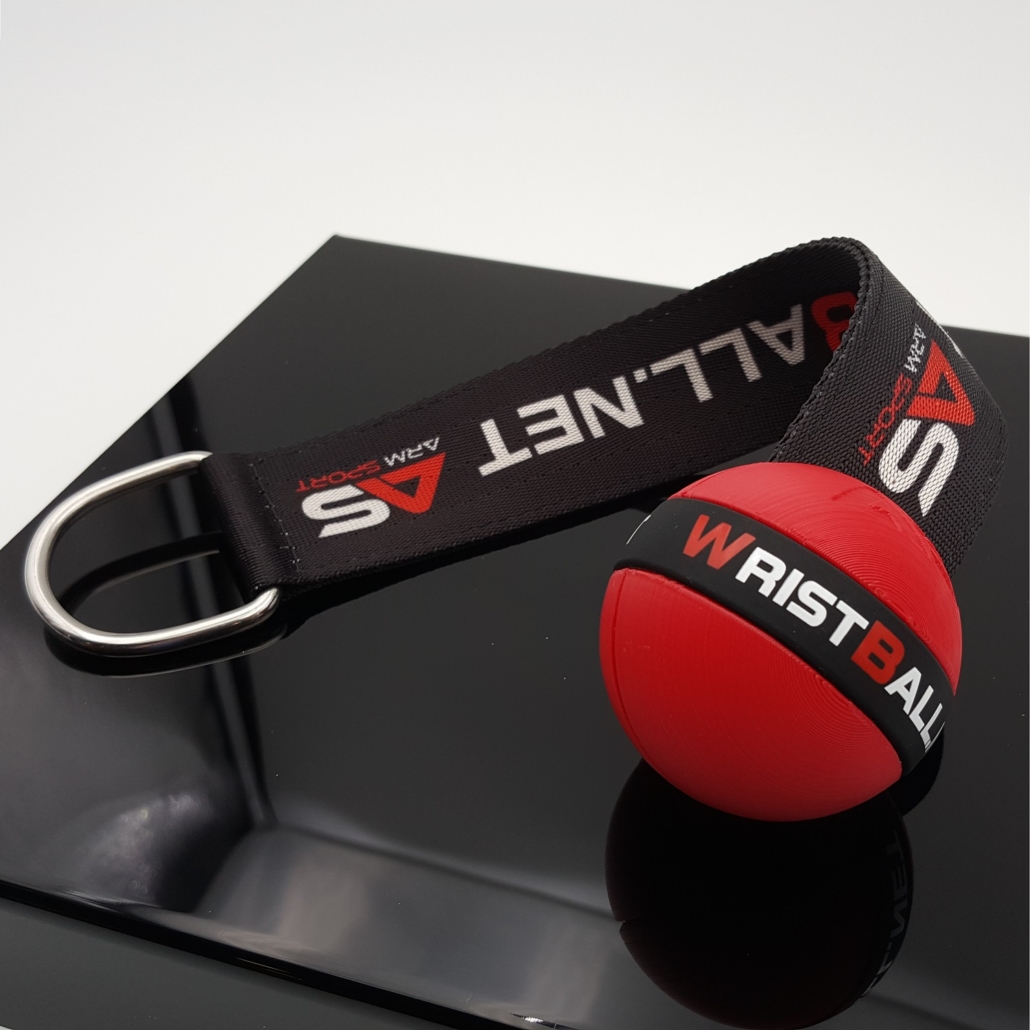
WristBall Review – All good things come in threes?
Special thanks to Misha from Israel who was kind enough to send me not only one of his WristBall trainers but also a pair of his Cone Grips, as well as his WristMax! So, kudos to Misha, respectively his company called “ArmSport”.
If you want to read my other reviews of the aforementioned tools, please feel free to read it in my extensive reviews, here:
CONEGRIP FOREARM TRAINER REVIEW
WristBall – THE most versatile gripping device?
As mentioned before, I’m a huge advocate of training grip strength. Why? Well, besides neck training and training to improve electromechanical delay, grip strength training is probably one of the most underrated aspects in Strength and Conditioning training!
If you want to know more about the importance of training in regards of electromechanical delay and why it is especially important in esports, I highly recommend to read my detailed article:
STRENGTH AND CONDITIONING TRAINING FOR ESPORTS
So, why might the WristBall be at least one of the most versatile tools for improving grip strength? I’ll give you my expertise.
First of all, the WristBall is suuuuper pricey! They do sell these things (depending on the diameter of the ball) starting from 39.90 (medium, 60mmÆ)-41.90 (large, 70mmÆ)$. Pretty economic, if you ask me!
I emphasize the fact that I chose the words economic and pricy over cheap, as “cheap” usually has a more negative connotation. Regarding the versatility of the WristBall it’s rather pricy, respectively more an investment than an expense!
To make a long story short, the WristBall is, as the name describes, a ball, attached to some kind of seat-belt-like material with the possibility to attach a carabiner.
Therefore you can mount it on anything that can hold a carabiner, such as any cable pulley and/or so-called loading pins.
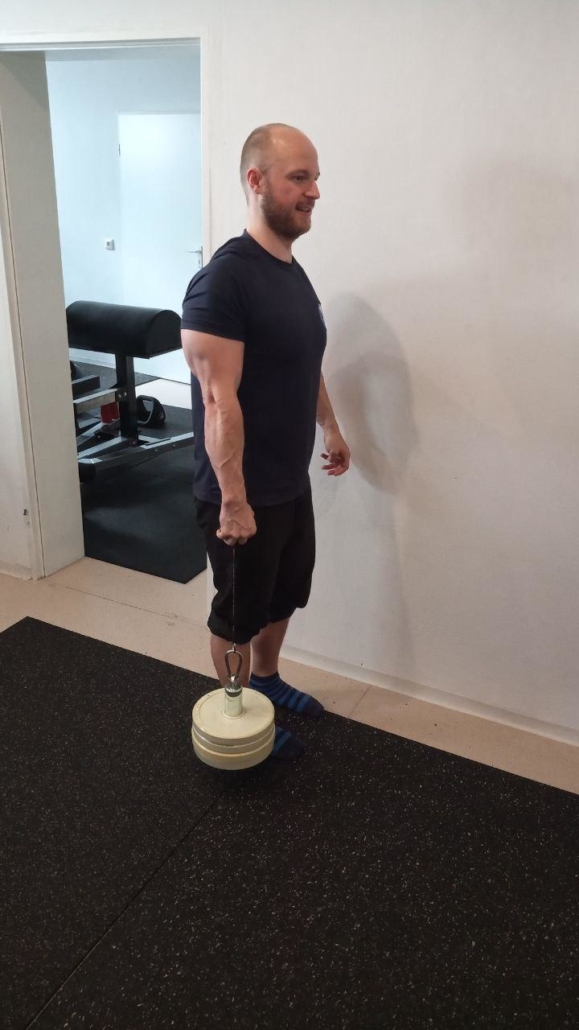
WristBall – Let’s do some functional anatomy
What makes the WristBall super versatile are its multiple options. You can train:
- Wrist extension
- Wrist flexion
- Hand abduction
- Hand adduction
- Finger opposition
- Thumb flexion
Which muscles can be trained? Well, as always, that depends. Literally, on the one HAND on your flexibility (Range of Motion = ROM) restriction and/or on the other HAND other pathologies that might prohibit one or more of the aforementioned functions.
Let’s say you don’t have any issue in the tissue, bones or whatsoever and no problems with structural balance, here’s a list of muscles that can be trained in your hand (and of which you might probably have never heard of):
- M. abductor pollicis brevis
- M. opponens pollicis
- M. flexor pollicis brevis Caput superficiale
- M. flexor pollicis brevis Caput profundum
- M. adductor pollicis Caput transversum
- M. adductor pollicis Caput obliquum
- Mm. lubrivales I-IV
- Mm. lubricales III-IV
- Mm. interossei palmares I-III
- Mm. interossei dorsalis I-IV
- M. aductor digit minimi
- M. flexor digiti minimi brevis
- M. opponens digiti minimi
- M. palmaris brevis
That should cover pretty much all of our major hand muscles. If you want to know where all of them are located, you can use this publication as a springboard for your own little research!
Well, wait a second. It is called WRISTBall and not HANDBall, right?! Correct! But all of these muscles do play an important role when it comes to gripping!
According to that, it might be helpful to have at least heard of them. Of course you can also train your forearm muscles with the WristBall, as mentioned above.
WristBall – Other exercises
Which other exercises, besides the already mentioned, can be performed with the WristBall? Maybe a myriad, but I’ll give you only an impulse of what can be done. You should always use your own fantasy and think outside of the box.
You could perform the following:
- Single arm standing/seated rows
- Chin ups (if you have a pair of WristBalls)
- Biceps curls (you need a loading pin)
- Triceps extensions in all variations (on cable pulley)
- Butterflies on a cable machine (pair of WristBalls needed)
- Spider curls (pair of WristBalls needed)
- Reverse Flies (single/double handed)
- Lateral raises (single/double handed)
- Front raises (single/double handed)
- Grip help for front squats (pair needed)
- Internal/external rotation for shoulders/rotator cuff
- Much more
As you can see, you can use the WristBall for quite a bunch of exercises, and that’s just what I came up so far. There are probably lots of more usabilities to this “cool tool”.
I’d be happy if you share your ideas with me and others in the comment section.
WristBall – Round and round it goes?
We haven’t discussed the most obvious fact of the WristBall, its shape! Compared to other grip tools, which are normally cylindrically shaped, the WristBall, of course, is round…sure, as it’s a ball!
Yet, you must understand that in terms of training/gripping round is actually better than cylindrical! Why? That’s due to its great transfer effect to everyday life. Most things you grip are rather round than cylindrical.
Furthermore, if you train sport specific, for first responders, for self-defense sports (e.g. Krav Maga) and/or law enforcement you need to grab your opponent. Therefore your life literally might depend on a strong grip!
WristBall review Conclusion
In my obligatory conclusion I’ll provide you with my expertise, being a Personal-Trainer, Strength and Conditioning Coach, Consulting Biohacker and Heilpraktiker (Complementary and Alternative Medicine Practitioner), with (2020) over 13 years of professional experience in the Health and Fitness- Industry.
Should you use a WristBall? Well, as mentioned earlier, that depends. Are you a novice lifter with less than two years of “training age” you probably don’t need it yet, as you are trying to build some foundations first. A WristBall could be too specific yet!
I think, besides the fact of its original purpose, you could benefit from incorporating a WristBall in your training, especially in prehab and rehabilitation phases, i.e. if you’re suffering from something called “Tennis- and/or Golfer’s arm”.
If you’re looking for new input for your training for constant progression, you could also benefit from integrating the WristBall and, of course, if you are trying to get a stronger grip!
© HP Bernd Stößlein, Master of Business Administration in Sportmanagement.
If you liked this article please share it with your friends, subscribe to the newsletter and the blog.
If you like to book a professional online/offline consultation please feel free to contact me:

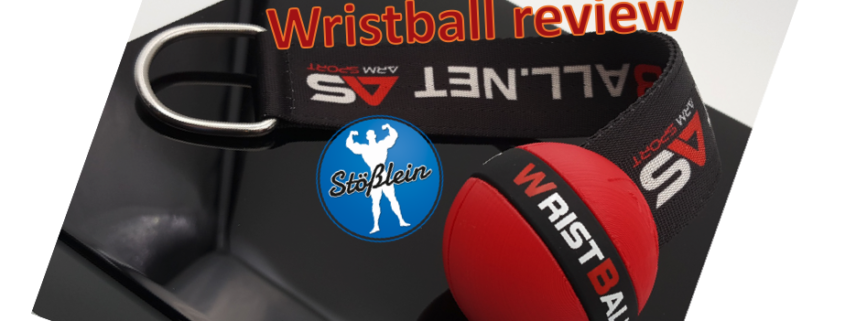

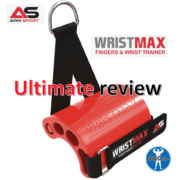
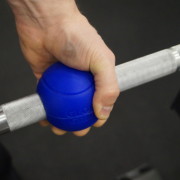
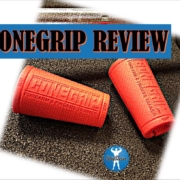
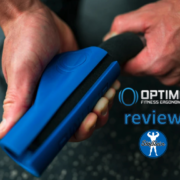
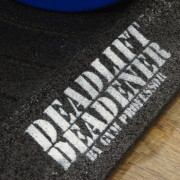



Dein Kommentar
An Diskussion beteiligen?Hinterlasse uns Deinen Kommentar!